No backyard? No problem! With a little creativity, your balcony or rooftop can become the perfect spot for relaxing, dining, and growing your own mini garden. Whether you’re working with a small apartment balcony or a spacious rooftop, there are plenty of ways to maximize the space. From vertical gardening with hanging plants or wall-mounted planters, to cozy seating arrangements for lounging, your outdoor space can be transformed into a peaceful retreat. You can even create a functional dining area with a compact table and chairs, all while surrounding yourself with greenery and fresh air.
In this post, I’ll guide you through the process of starting a home garden in small spaces, from selecting the right plants to organizing your space. Ready to get your hands dirty? Let’s dive in!
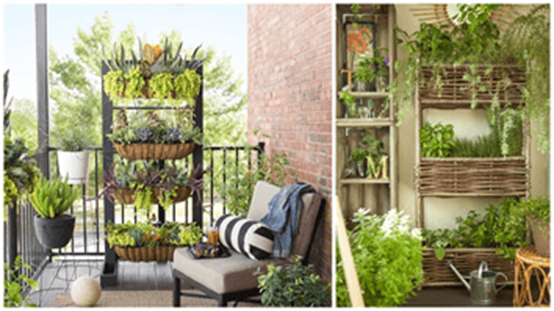
💡Tip: This post may contain affiliate links. We may earn a commission if you make a purchase through these links, at no extra cost to you.
Evaluate Your Space
Before diving into planting, it’s essential to evaluate the space you have available. Do you have access to a sunny windowsill or a small balcony? Perhaps a corner of your living room could become your new garden sanctuary. The amount of sunlight your space receives each day will dictate what plants you can grow. Most edible plants, like herbs and vegetables, need at least six hours of direct sunlight per day, while some houseplants and flowers may do well with less.
To help you assess sunlight, try observing your space over the course of a few days. Note where the sun hits and for how long, and use this information to determine the best spots for your plants.
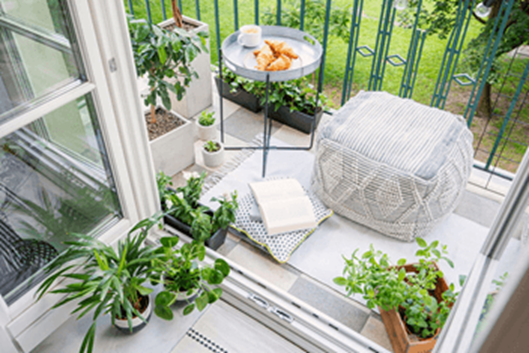
Choose the Right Plants for Small Spaces
When you’re working with limited space, choosing the right plants is crucial. Look for compact, space-efficient plants that can thrive in containers or hanging baskets. Some great options for small-space gardens include:
Herbs: Basil, mint, rosemary, thyme, and parsley are all excellent choices for small spaces. They don’t require a lot of room to grow and can be easily grown in pots or small containers.
Leafy Greens: Lettuce, spinach, arugula, and kale are perfect for small gardens. They grow quickly and don’t need a lot of space to thrive.
Succulents and Cacti: If you’re interested in decorative plants, succulents and cacti are low-maintenance and ideal for small spaces like windowsills. These plants require minimal watering and are great for adding a touch of greenery to any room.
Dwarf Varieties: Many fruiting plants, such as tomatoes, strawberries, and peppers, come in compact or dwarf varieties that can flourish in pots or small containers.
Flowers: Look for varieties that don’t need much room but will still provide a beautiful burst of color. Pansies, marigolds, and petunias are good options for small-space gardens.
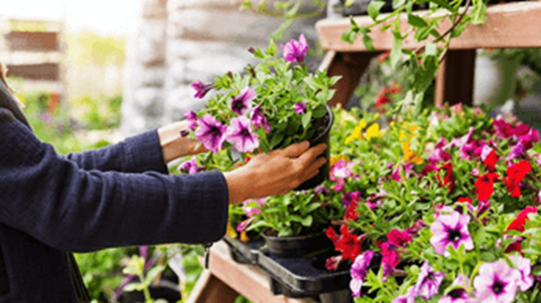
Opt for Container Gardening
Container gardening is a game-changer when it comes to small-space gardening. Whether you’re growing herbs on a windowsill or vegetables on a balcony, containers allow you to maximize your space while providing mobility and flexibility. You can find a wide variety of containers, from traditional pots to creative options like hanging baskets, repurposed wooden crates, or even vertical garden structures.
When selecting containers, keep these tips in mind:
Choose the right size: Make sure the container is large enough to accommodate your plant's root system. For example, a small pot may work for herbs, but larger plants like tomatoes or peppers will need more room.
Ensure proper drainage: Plants don’t like to sit in waterlogged soil, so be sure your containers have drainage holes. If you’re using a decorative pot without holes, place a plastic pot inside it to prevent water from collecting at the bottom.
Material matters: Choose containers that are durable and suitable for your climate. Terracotta, for instance, is great for dry climates but can crack in freezing temperatures. Plastic pots are lighter and tend to retain moisture better, making them ideal for areas with hot, dry summers.
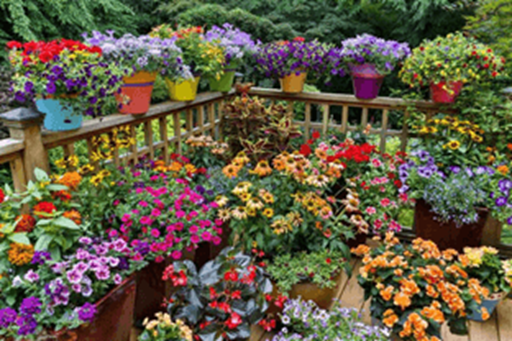
Utilize Vertical Space
When space is limited, thinking vertically can help you maximize your gardening potential. Vertical gardening allows you to grow more plants in a smaller footprint by using vertical structures like trellises, hanging baskets, and wall-mounted planters. This is especially beneficial for plants like peas, beans, and cucumbers that naturally grow upwards.
Here are some ways to utilize vertical space in your small garden:
Trellises and Stakes: Install a trellis along a wall or fence for climbing plants. Many vegetables, such as cucumbers and tomatoes, will thrive when supported vertically. Using stakes or netting can also help your plants grow upwards, saving valuable ground space.
Hanging Planters: Hang plants from hooks or balcony rails to free up space on the ground. You can use hanging baskets for flowers or small plants, or even repurpose a shoe organizer to hold potted plants.
Wall-mounted Planters: Install shelves or wall-mounted planters to grow herbs or small flowers. This solution works particularly well indoors, where vertical space is often underutilized.
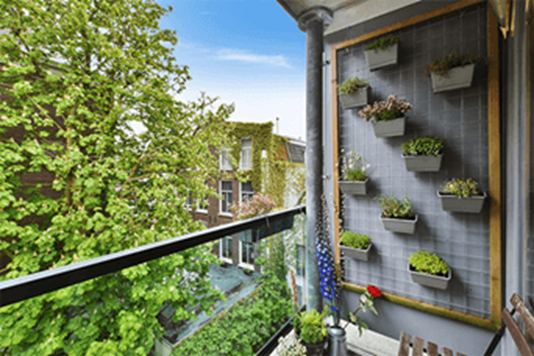
Use Quality Soil and Fertilizer
Healthy, well-drained soil is the foundation of a thriving garden, and in small spaces, this becomes even more important. Since plants in containers have limited access to soil, it's essential to use high-quality potting mix that is specifically designed for container gardening. Avoid using garden soil, as it can become compacted in containers and may not drain well.
Additionally, plants in containers require regular feeding. Since nutrients are quickly depleted in smaller pots, use a balanced, slow-release fertilizer to ensure your plants get the nutrients they need to thrive.
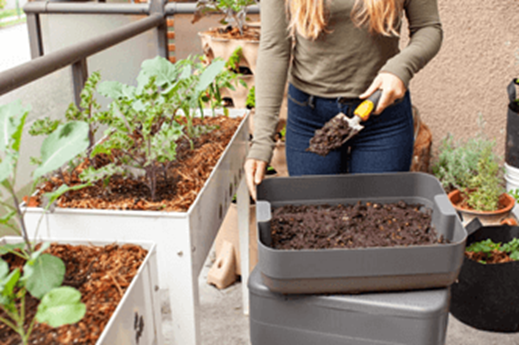
Water Wisely
Watering is one of the most crucial aspects of gardening, and in small-space gardens, it’s especially important to water correctly. Since smaller containers dry out faster, check the soil regularly to ensure it’s not too dry or too soggy. A good rule of thumb is to water deeply when the top inch of soil feels dry to the touch.
In hot weather, you may need to water more frequently, so be mindful of your plants' needs. Using self-watering planters or a drip irrigation system can help make watering more efficient and reduce the risk of overwatering.
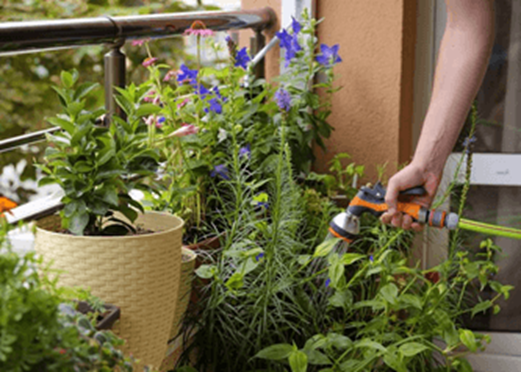
Create a Routine
Establishing a gardening routine is key to maintaining a healthy home garden. Take time to check your plants regularly—look for signs of pests, dead leaves, or wilting. Prune plants as needed to encourage growth and remove any diseased or dying parts. If you’re growing edible plants, be sure to harvest regularly to encourage new growth.
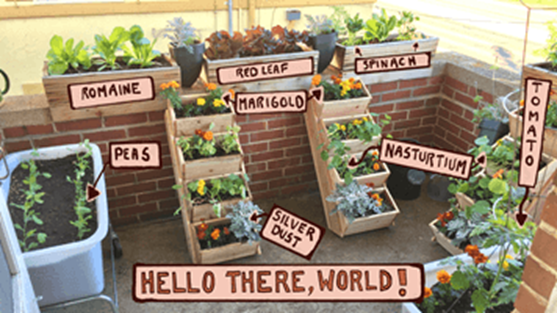
Enjoy the Process
Gardening, even in small spaces, should be a joyful and therapeutic experience. Take time to enjoy the process of planting, nurturing, and watching your plants grow. Whether you're growing herbs for cooking or cultivating a beautiful flower garden, the act of tending to your garden can provide a sense of accomplishment and connection to nature, no matter where you live.
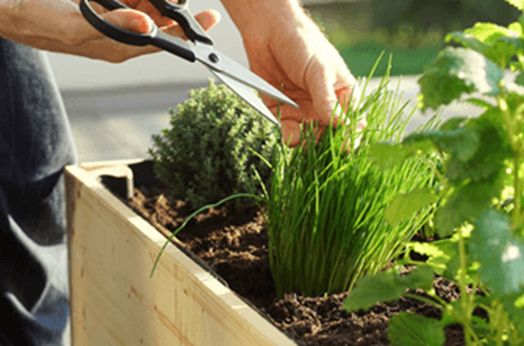
Final Thoughts
Starting a garden in a small space might feel like a challenge, but with the right approach, you can create a lush, productive garden right in the heart of your home. By choosing the right plants, utilizing containers and vertical space, and maintaining a routine, you’ll be able to cultivate your own little green sanctuary, no matter how limited your space may seem. So, roll up your sleeves, grab your gardening tools, and start planting—your mini home garden awaits!
0 Comments
Your comment is awaiting moderation.